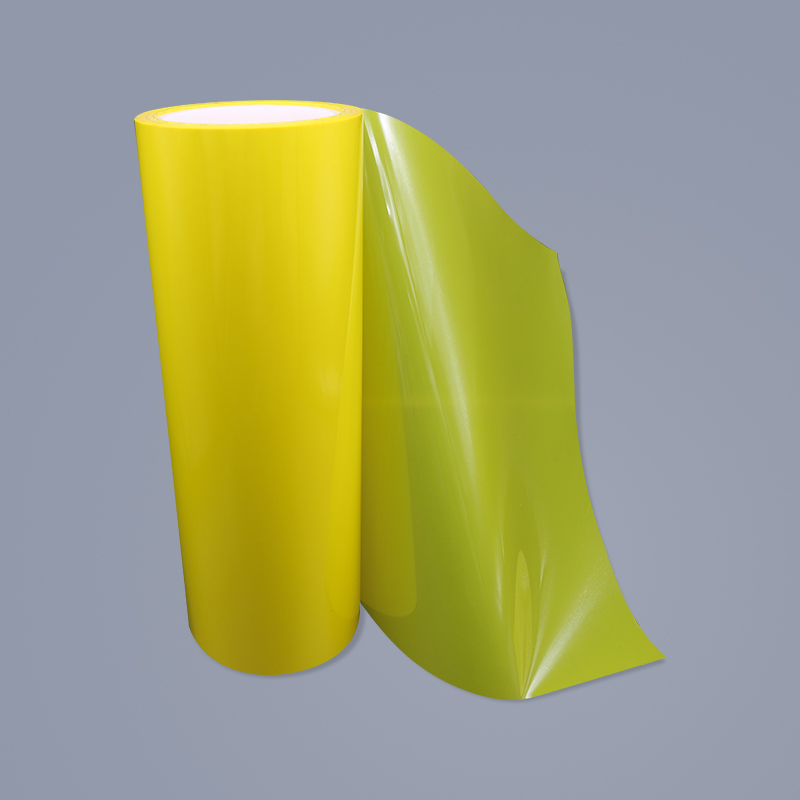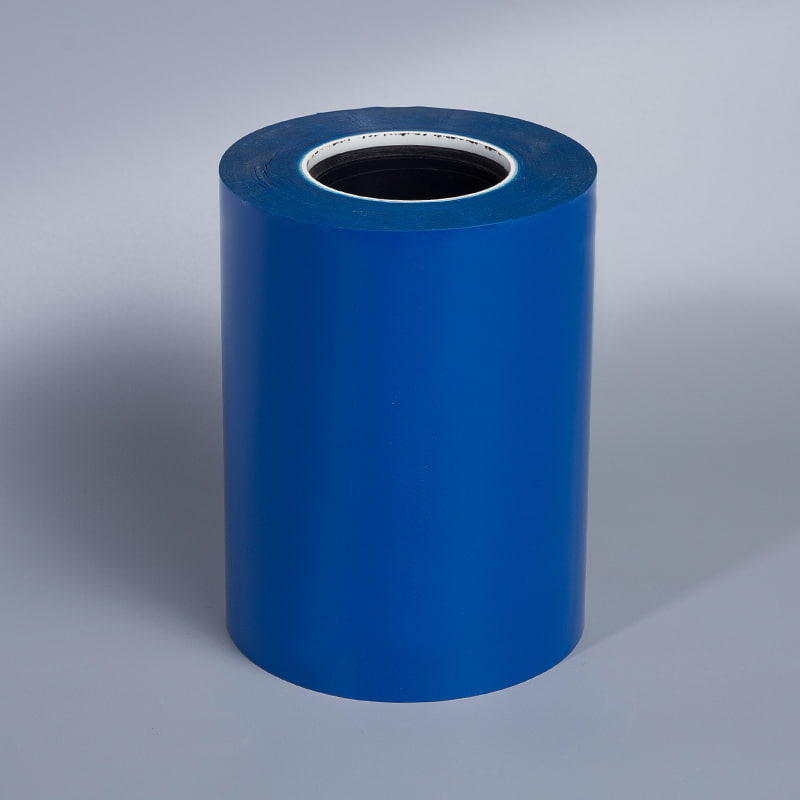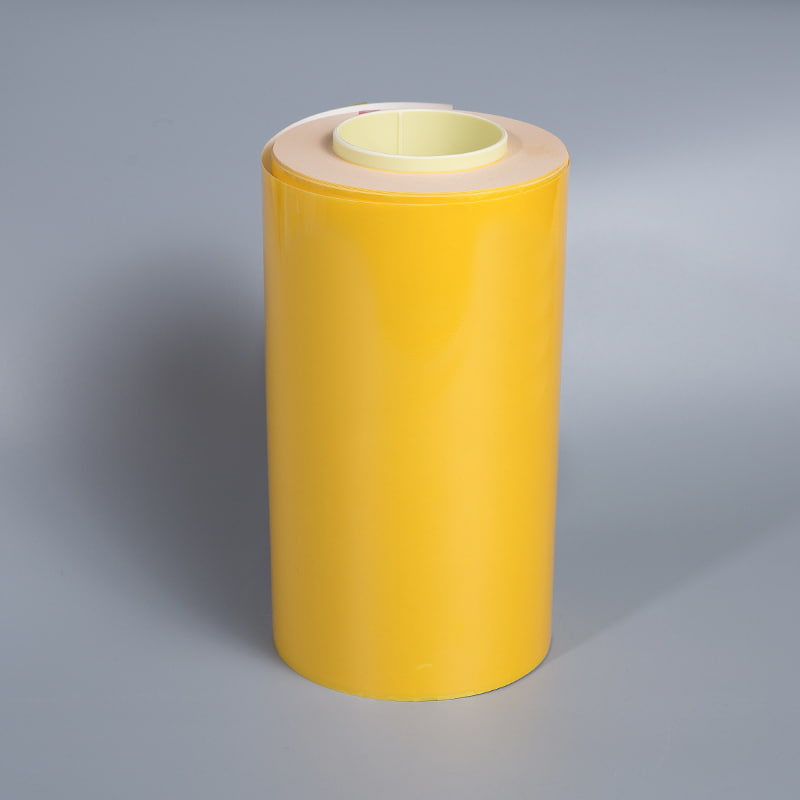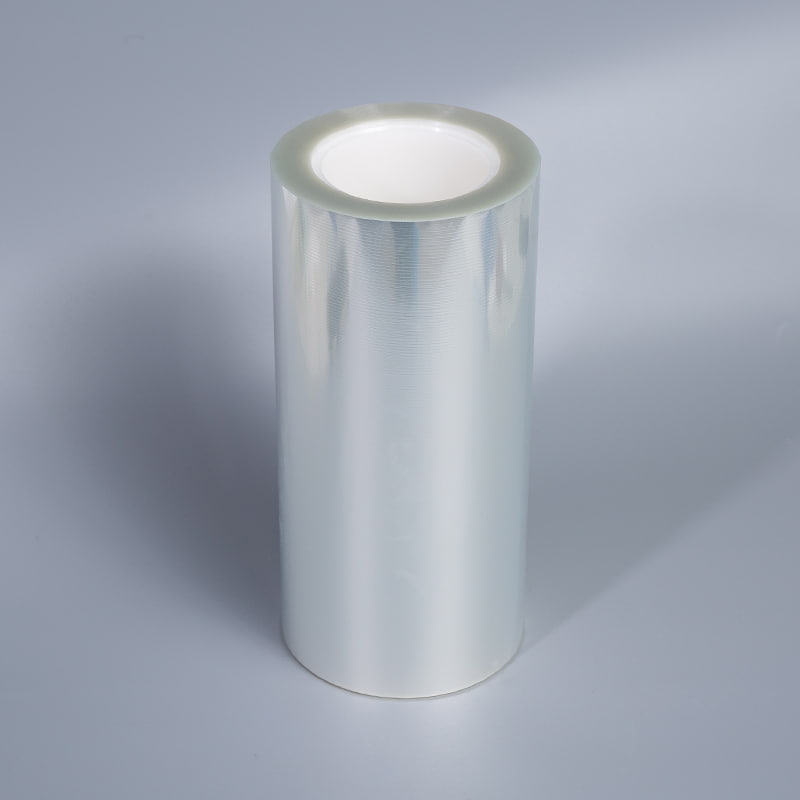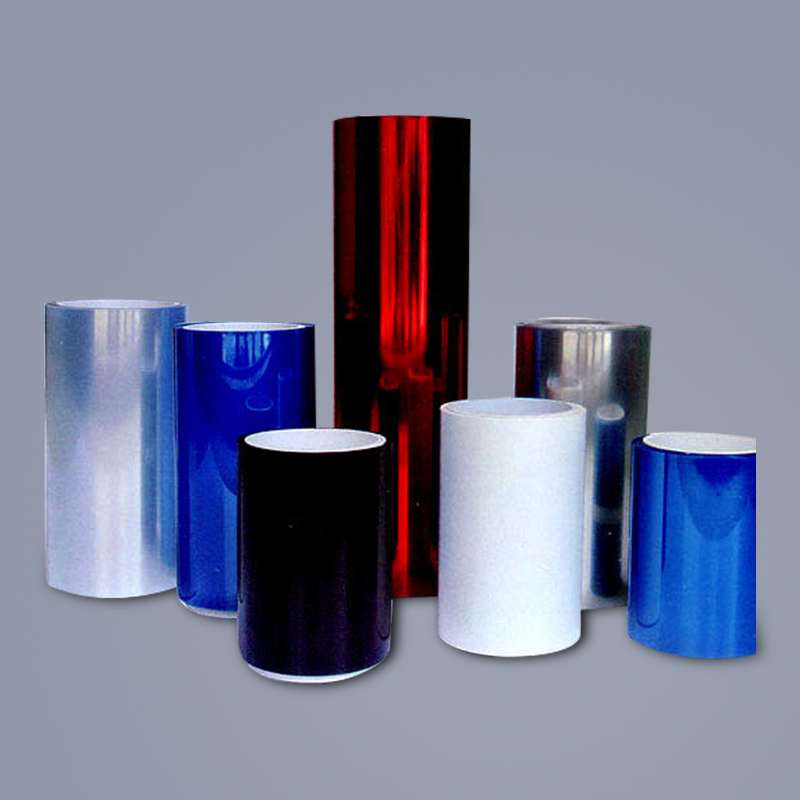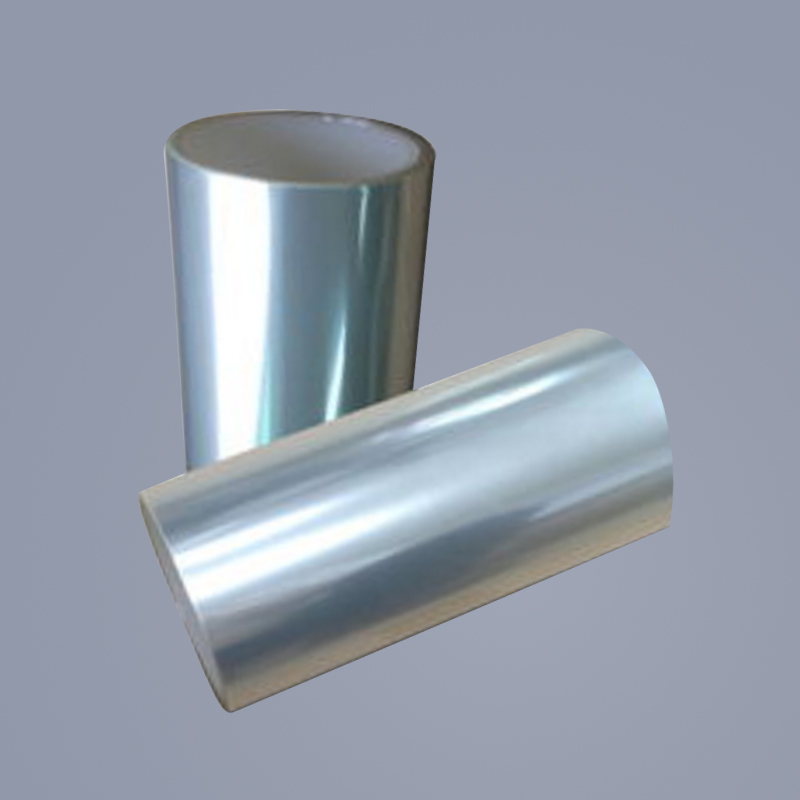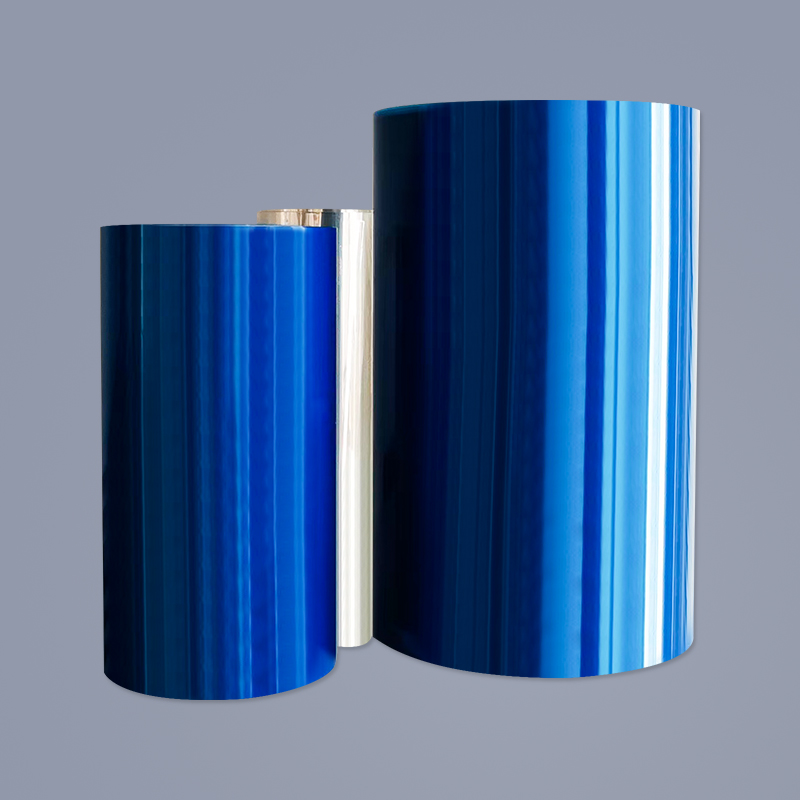- 1 Introduction: Understanding the Critical Role of Release Liners in Industry
- 2 What is Copperplate Paper Release Paper?
- 3 What is PE Release Paper?
- 4 Copperplate Release Paper vs. PE Release Paper: Core Property Analysis
- 5 Practical Guide: How to Choose Correctly for Labels and Packaging
- 6 About Anhui Hengbo New Material Co., Ltd.
- 7 FAQ
Introduction: Understanding the Critical Role of Release Liners in Industry
In the world of pressure-sensitive adhesives, composites, and flexible packaging, the release liner, often an unsung hero, plays a pivotal role in protecting the adhesive until it is ready for use. Selecting the correct liner is not merely a procurement decision; it's a critical factor influencing production efficiency, product performance, and overall cost-effectiveness. Among the various types available, Copperplate Paper Release Paper and Polyethylene (PE) Release Paper are two of the most prominent contenders. This comprehensive guide delves deep into their core differences and provides a practical framework for correct selection, ensuring your labels and packaging perform flawlessly.
- Precision in Performance: The right choice ensures consistent release force, preventing issues like liner breakage or adhesive residue.
- Production Efficiency: A suitable liner facilitates smoother die-cutting, faster dispensing, and fewer machine jams.
- Cost Optimization: Understanding the trade-offs between different liners helps in making economically sound decisions without compromising on quality.
What is Copperplate Paper Release Paper?
Copperplate Paper Release Paper is a high-quality, super-calendered paper base that has been coated with a release agent, typically silicone. The "copperplate" name originates from its exceptionally smooth and glossy surface, which is achieved through an intensive calendering process during paper manufacturing. This process involves pressing the paper through a series of heavy rollers, resulting in a dense, uniform, and non-porous substrate ideal for precise silicone coating. The primary advantage of copperplate release paper for label printing lies in its superior surface finish, which guarantees excellent printability and consistent, low release force.
- Core Characteristics: High smoothness, excellent dimensional stability, good stiffness, and superior flatness.
- Ideal For: Applications requiring fine detail reproduction and reliable performance in converting processes.
- Material Composition: A blend of wood pulp and sometimes rag content, heavily calendered to achieve its signature finish.
Manufacturing Process and Key Properties
The manufacturing of Copperplate Paper Release Paper is a multi-stage process that defines its final properties. It begins with the creation of a high-grade paper base, which is then subjected to super-calendering. Following this, a precise layer of silicone is applied and cured. This rigorous process endows the paper with specific properties that make it a preferred choice for many demanding applications.
- Super-Calendered Surface: Provides an ultra-smooth base for uniform silicone application, leading to consistent release characteristics.
- High Stiffness: Offers excellent machineability in high-speed dispensing and die-cutting operations.
- Low Porosity: Prevents silicone migration, ensuring a clean and predictable release every time.
Primary Application Areas
Due to its specific set of properties, Copperplate Paper Release Paper finds its niche in several key industries. Its ability to provide a pristine, stable surface makes it indispensable for applications where quality and precision are paramount.
- High-Quality Pressure-Sensitive Labels: Especially for prime labels in food & beverage, cosmetics, and pharmaceuticals where print quality is critical.
- Industrial Tapes and Die-Cut Parts: Where consistent release force and dimensional stability during die-cutting are essential.
- Electronic Components: Used as a carrier for sensitive adhesive films where flatness and cleanliness are required.
What is PE Release Paper?
PE Release Paper, or Polyethylene Coated Release Paper, is constructed using a paper base (often kraft paper) that is extrusion-coated with a layer of polyethylene plastic before the silicone release coating is applied. This PE layer acts as a barrier and creates a very smooth, plastic-like surface. The advantages of copperplate paper release liner in terms of surface finish are often contrasted with the unique benefits of PE release paper, which include enhanced moisture resistance and flexibility. Understanding the copperplate vs pe release paper comparison is key to selecting the right material for the job.
- Core Characteristics: Excellent moisture barrier, good flexibility, high tear resistance, and a consistently smooth surface.
- Ideal For: Applications exposed to humid environments or those requiring a degree of conformability.
- Material Composition: A paper base sealed with a layer of polyethylene plastic, topped with a silicone coating.
Manufacturing Process and Key Properties
The production of PE Release Paper involves extruding a molten layer of polyethylene onto the paper substrate. This process fundamentally changes the properties of the base paper, making it more robust and resistant to environmental factors. The silicone is then coated onto this PE layer.
- Extrusion Coating: The PE layer seals the paper, providing a barrier against moisture, vapors, and chemicals.
- Inherent Flexibility: The plastic coating makes the liner more pliable and less brittle than many pure paper liners.
- Enhanced Durability: Offers higher resistance to tearing and punching, making it suitable for more rugged applications.
Primary Application Areas
PE Release Paper's resistance to moisture and its durable, flexible nature make it the go-to choice for a range of applications, particularly in harsh or variable conditions.
- Water-Resistant Labels: For outdoor applications, chemical containers, and products stored in cold or damp conditions.
- Medical and Hygiene Products: Such as bandage backings and diaper liners, where a moisture barrier is crucial.
- Construction and Industrial Products: Including adhesive films and membranes used in building and manufacturing.
Copperplate Release Paper vs. PE Release Paper: Core Property Analysis
When conducting a direct copperplate vs pe release paper comparison, it is essential to evaluate them across several key performance parameters. This side-by-side analysis will illuminate the fundamental trade-offs and guide the how to choose copperplate release paper or its PE counterpart decision-making process. The following table provides a clear, concise comparison of their most critical attributes.
| Property | Copperplate Release Paper | PE Release Paper |
| Surface Smoothness | Exceptionally high and glossy, ideal for fine printing. | Smooth and consistent, but with a plastic-like feel. |
| Dimensional Stability | Excellent; low elongation, maintains shape under tension. | Good, but more prone to stretching under high tension due to the PE layer. |
| Moisture Resistance | Low; the paper base is susceptible to humidity. | Very high; the PE layer acts as an effective moisture barrier. |
| Stiffness vs. Flexibility | Rigid and stiff, excellent for high-speed dispensing. | Flexible and pliable, conforms better to curved surfaces. |
| Tensile & Tear Strength | Good tensile strength, but can be prone to tearing. | High tear resistance and overall durability. |
| Generally higher, reflecting the cost of the super-calendered paper. | Often more cost-effective, especially for standard applications. |
Surface Smoothness and Printability
The surface characteristic is one of the most defining differences. The advantages of copperplate paper release liner are most apparent in its superior surface. Its super-calendered, ultra-smooth surface provides an perfect canvas for printing, resulting in sharp graphics and text. This makes it the undisputed choice for high-end prime labels. PE release paper, while smooth, lacks the same level of premium, print-ready surface, making it more suitable for applications where ultimate print quality is not the primary concern.
- Copperplate: Unmatched for high-resolution flexographic and offset printing.
- PE: Suitable for basic printing, but the plastic layer can sometimes limit ink adhesion and clarity.
Tensile Strength and Dimensional Stability
This factor is crucial for die-cutting and high-speed application processes. Copperplate Paper Release Paper exhibits low elongation, meaning it resists stretching under the tensions of converting machinery. This ensures that die-cut labels remain precisely positioned on the liner. PE release paper, with its plastic layer, can stretch under high tension, which may lead to registration issues in precision die-cutting or application.
- Copperplate: Excellent for complex, multi-layer die-cutting where registration is critical.
- PE: Better for applications requiring conformability or where high tensile strength is needed to prevent breakage.
Practical Guide: How to Choose Correctly for Labels and Packaging
Making the final choice between Copperplate Paper Release Paper and PE Release Paper requires a systematic evaluation of your application's specific needs. The decision on how to choose copperplate release paper over PE paper hinges on answering a few key questions about your production process, end-use environment, and performance requirements.
- Assess the End-Use Environment: Will the final product be exposed to moisture, humidity, or extreme temperatures?
- Evaluate the Printing Requirements: Does the label or packaging require high-quality, photorealistic printing?
- Analyze the Converting Process: What are the speed and tension requirements of your die-cutting and dispensing machinery?
- Consider the Adhesive Type: Is the adhesive aggressive? Does it require a specific level of release force?
Selecting Release Paper for Self-Adhesive Labels: Copperplate or PE?
For self-adhesive labels, the choice is often clear-cut. If you are producing a premium product label for a wine bottle, cosmetic item, or electronics where brand image and print clarity are everything, then copperplate release paper for label printing is the necessary choice. Its stability and surface ensure your designs are reproduced perfectly. Conversely, for a label on a garden fertilizer bag, a industrial chemical drum, or a medical device that might be sterilized, the moisture resistance and durability of PE release paper make it the pragmatic and reliable option.
Key Selection Factors Checklist
Use this checklist to guide your material selection process and ensure no critical factor is overlooked.
- Print Quality Needed: [ ] High Gloss & Detail (Copperplate) / [ ] Standard (PE)
- Moisture Exposure: [ ] Low/Controlled (Copperplate) / [ ] High/Outdoor (PE)
- Die-Cutting Complexity: [ ] High Precision (Copperplate) / [ ] Standard (PE)
- Dispensing Speed: [ ] Very High Speed (Copperplate) / [ ] Standard Speed (PE)
- Budget Constraint: [ ] Premium (Copperplate) / [ ] Cost-Sensitive (PE)
About Anhui Hengbo New Material Co., Ltd.
Anhui Hengbo New Material Co., Ltd. was established in 2017 and has since grown into a specialized manufacturer of high-performance film and paper products. The company's core offerings include PET polyester film, PET release film, and protective film, with deep expertise that extends to the nuanced world of release liners. Their products are critical components in industries such as printing, screen printing, flexible circuits, insulating materials, laser anti-counterfeiting, and medical plasters. Having successfully passed both safety production standardization and IS09001 international quality management system certification, Anhui Hengbo is committed to delivering consistent quality and performance. The company operates on a people-centric principle, treating every customer with integrity and tailoring its services to meet specific needs, ensuring they provide reliable and thoughtful solutions for applications requiring precise materials like Copperplate Paper Release Paper.
FAQ
What is the typical copperplate release paper thickness specification?
The copperplate release paper thickness specification typically ranges from about 60 grams per square meter (gsm) to 120 gsm, with common calipers (thickness) falling between 70 and 110 microns. The exact choice depends on the application's requirements for stiffness, flexibility, and the depth of the adhesive. Heavier grades (e.g., 90-120 gsm) offer greater rigidity for high-speed dispensing and die-cutting complex shapes, while lighter grades provide more economical solutions for simpler labels. It is crucial to consult with your supplier to select the precise copperplate release paper thickness specification that aligns with your machinery and performance needs.
Can Copperplate Release Paper be used for food-grade labels?
Yes, absolutely. Copperplate Paper Release Paper is widely used for food-grade labels. The base paper and silicone coatings can be manufactured to comply with international food contact regulations, such as FDA in the United States and EFSA in Europe. Its smooth, non-porous surface is not only excellent for printing appealing graphics but also helps prevent the harboring of bacteria, making it a safe and popular choice for primary food and beverage packaging.
How does humidity affect the performance of these two release liners?
Humidity has a profoundly different impact on these two materials. Standard Copperplate Paper Release Paper, with its cellulose-based structure, can absorb moisture from the air. This can lead to curling, dimensional changes, and a potential variation in release force, which can disrupt high-speed converting and application processes. In contrast, PE Release Paper, with its polyethylene barrier, is highly resistant to moisture vapor. It maintains its flatness and performance consistency even in high-humidity environments, making it the superior choice for applications that will face damp conditions during storage or use.
Is PE Release Paper more environmentally friendly than Copperplate?
The environmental comparison is complex. Copperplate Paper Release Paper is based on a renewable resource (wood pulp) and is typically more readily biodegradable or recyclable in dedicated paper streams, provided the silicone coating is separated. PE Release Paper, being a plastic-paper composite, is more challenging to recycle and is not biodegradable. However, the industry is advancing with both materials, developing bio-based PE coatings and recycled content paper bases. The ultimate environmental footprint depends on local waste management infrastructure, the specific product lifecycle, and the availability of specialized recycling programs for silicone-coated liners.


